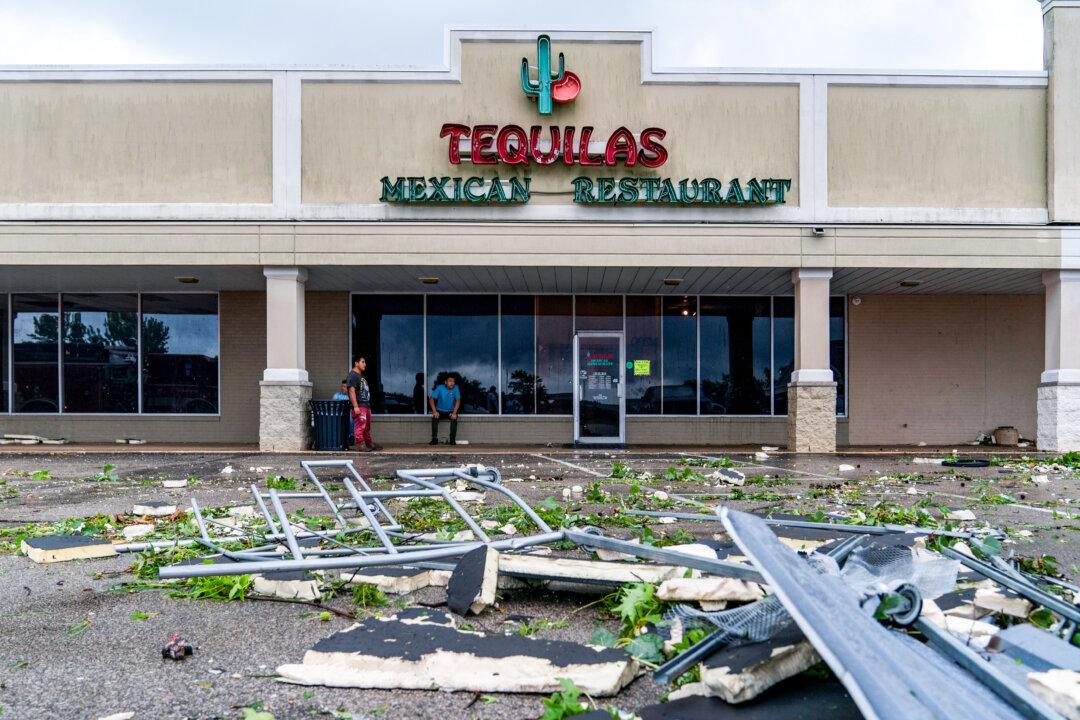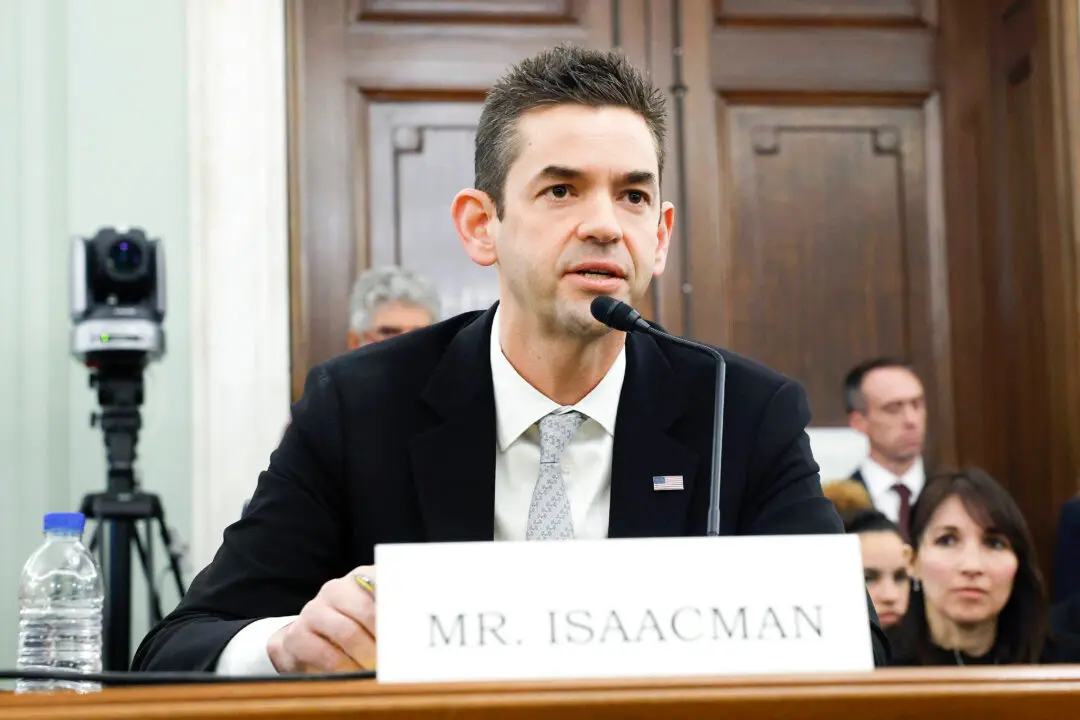Damages from Hurricane Beryl across the United States could be as high as $2.7 billion, according to a July 11 report by catastrophe modeling company Karen Clark and Company’s (KCC).
While the storm was only a Category 1 when it made landfall in Matagorda County, Texas, it delivered devastating—and fatal—flooding and tornadoes to southeast Texas and several other states as it turned northeast toward Canada.





